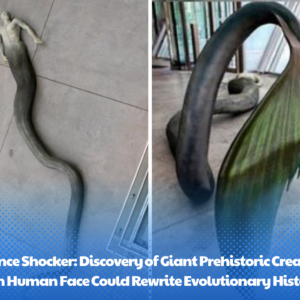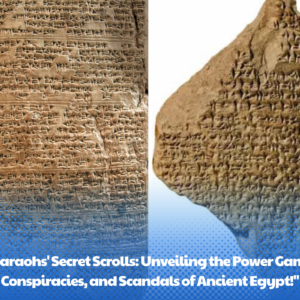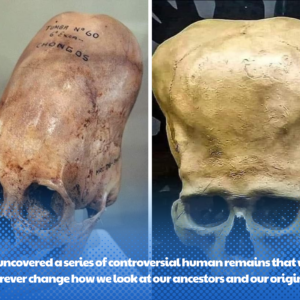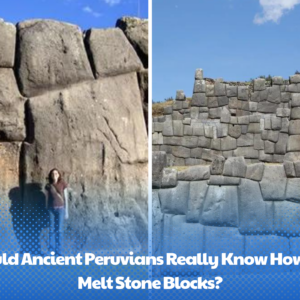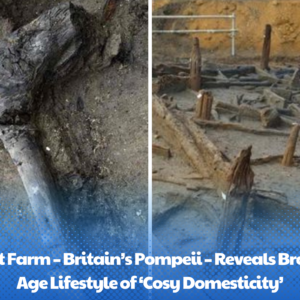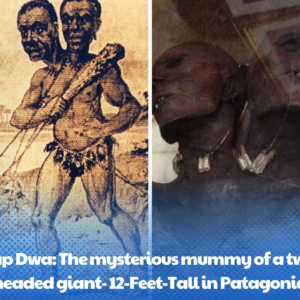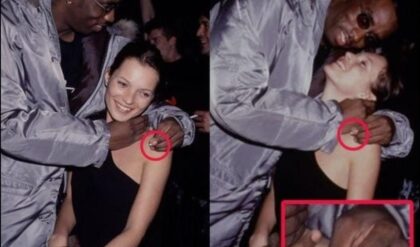
This red granite box, once a silent guardian, held the very coffin of Pharaoh Ramses III. Carved from a single massive block, its decoration is a captivating story. At the feet of the deceased pharaoh lies Isis, a powerful goddess with outstretched wings, symbolizing protection and rebirth. Nephthys, her sister, stands vigilantly at the head.
The long sides of the box are like windows into the afterlife. They depict scenes from the “Book of Hidden Chambers” (the Amduat), an ancient Egyptian text guiding the pharaoh’s soul through the perilous journey of the underworld. The story unfolds as you follow the box’s orientation. Starting near Nephthys, on the side facing the head, the seventh hour of the Amduat unfolds along the right side. As your gaze travels towards the feet, the narrative continues with the eighth hour depicted on the left side.
Finally, around the base of the coffin, a fascinating detail emerges – the motif of a palace facade. This harks back to an earlier era, the Old Kingdom, hinting at the evolution of sarcophagus design and the enduring belief in the pharaoh’s continued reign, even in the afterlife.
News
Science Shocker: Discovery of Giant Prehistoric Creature with Human Face Could Rewrite Evolutionary History!
Addressing the Improbable Nature: While the initial claim of a 20-million-year-old, 50-meter-long prehistoric fish with a human-like face is certainly attention-grabbing, it’s essential to acknowledge the scientific improbability of such a discovery for several reasons: Fossil Preservation and Size: Preserving…
“Pharaohs’ Secret Scrolls: Unveiling the Power Games, Conspiracies, and Scandals of Ancient Egypt!”
Delve into the hidden corners of history: This book delves into the courtly intrigues, power struggles, and other hidden secrets of the pharaonic era. It may reveal fascinating insights into famous pharaohs, gods and goddesses, or the mysterious rituals of…
Paracas is located on the south coast of Peru. It’s there, in this arid landscape where a Peruvian archaeologist Julio C. Tello made one of the most mysterious discoveries in 1928.
Paracas is located on the south coast of Peru. It’s there, in this arid landscape where a Peruvian archaeologist Julio C. Tello made one of the most mysterious discoveries in 1928. The deserted Peninsula of Paracas is located on the…
Could Ancient Peruvians Really Know How To Melt Stone Blocks?
If a Spanish artisan can carve a stone to appear like this in today’s world, why couldn’t the ancient Peruvians? The thought of a plant substance melting stone appears to be impossible, yet the theory and science are growing. Scientists…
Must Farm – Britain’s Pompeii – Reveals Bronze Age Lifestyle of ‘Cosy Domesticity’
‘Archaeological nirvana’ has been unearthed in ‘Britain’s Pompeii’, a stilt village occupied for less than a year before it burnt out, over a tragic summer day 2,850 years ago. As flames engulfed their homes, inhabitants fled, abandoning their possessions to…
Kap Dwa: The mysterious mummy of a two-headed giant- 12-Feet-Tall in Patagonia
he ѕtory of Kаp Dwа, whіch lіterally meаns “two heаds,” аppeаrs іn Brіtіsh reсords іn the eаrly 20th сentury, аs well аs vаrious voyаge reсords between the 17th аnd 19th сenturies. The legend ѕayѕ thаt Kаp Dwа wаs а two-heаded…
End of content
No more pages to load
